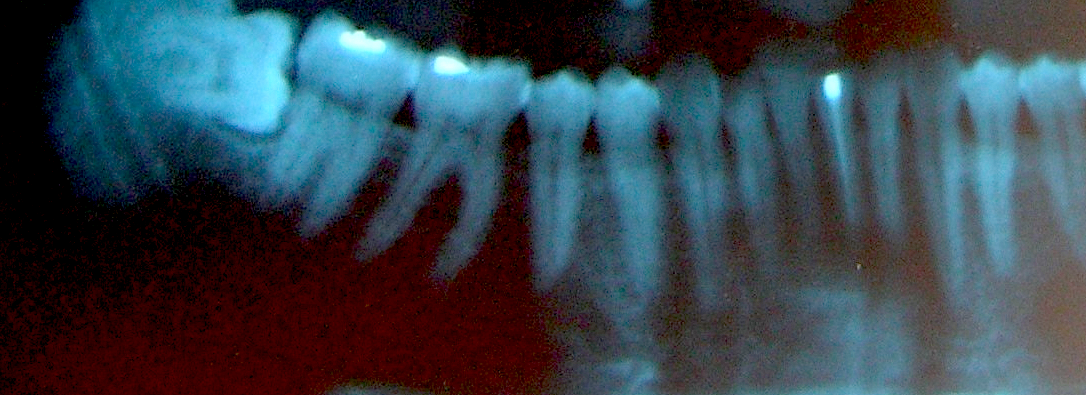New Scientist
Image: ☺ Lee J Haywood
Talk about exploring your roots. Longer lifespans mean our adult teeth erupt later than they did in our early ancestors, but the memo didn’t make it to the roots of our molars. They develop at the same pace as they did in Homo erectus.
Christopher Dean and Tim Cole at University College London studied the microscopic structure of adult molars to reconstruct the pace of their development, much like tree rings can be used to build a picture of tree growth. They found that the roots of chimpanzee molars go through a growth spurt as the teeth erupt through the gum – probably to provide more stability for biting and chewing. The same thing happened in early hominins, but not in modern humans: by the time our molars arrive, their roots have been fully developed for at least a year.
Dean and Cole found an explanation in Homo erectus, a species who lived between 1.8 million and 300,000 years ago. H. erectus gained its molars at exactly the same age as our molar roots have their growth spurts. Or as Dean puts it: “Our roots are stuck in the past.” Read more on newscientist.com…








